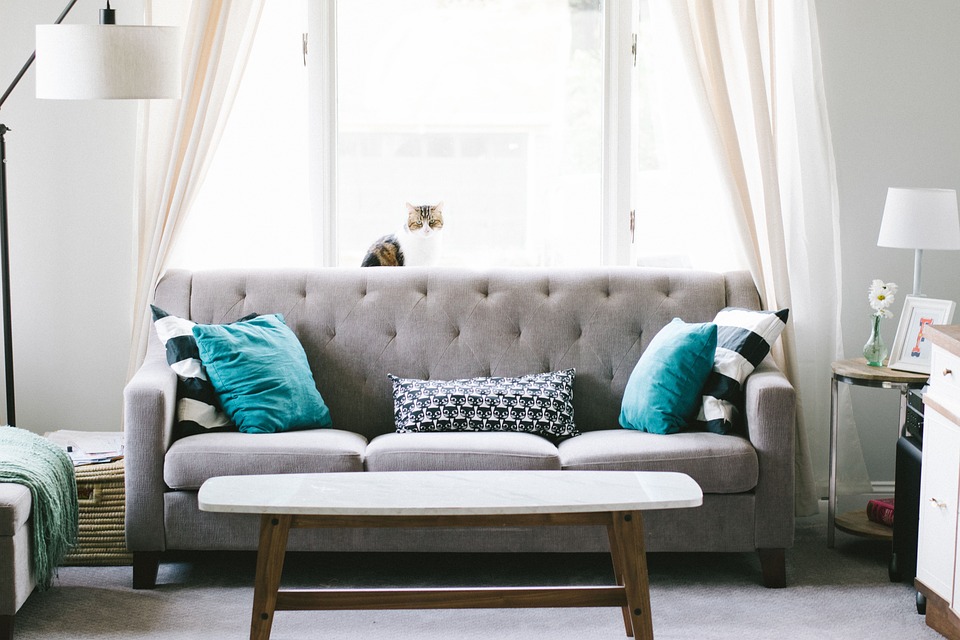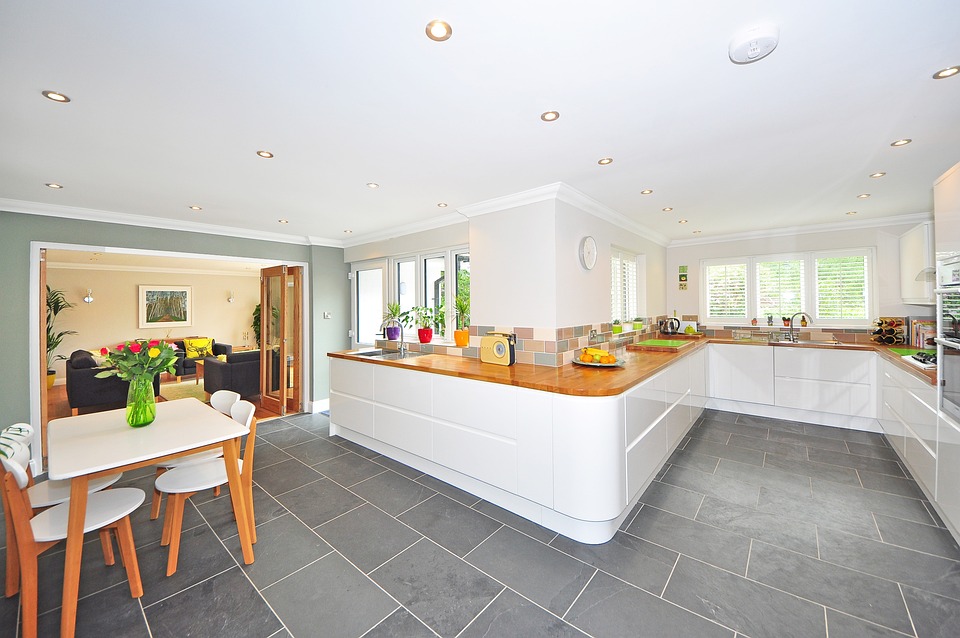Unlocking the Power of Color: How to Create the Perfect Palette for Your Design
Introduction:
Color is a powerful tool that can greatly influence the perception and impact of a design. Whether you’re designing a website, creating a logo, or decorating a space, selecting the right color palette is crucial. Understanding the psychology behind colors and how they interact with one another can help you create visually pleasing and impactful designs. In this article, we will explore the process of unlocking the power of color and guide you on how to create the perfect palette for your design.
The Psychology of Colors:
Colors have the ability to evoke emotions, convey messages, and create strong visual impact. To effectively use colors in your design, it’s important to understand the psychology behind them. Here are some commonly associated emotions and meanings of different colors:
1. Red: Red is often associated with passion, power, and energy. It can grab attention and create a sense of urgency. However, excessive use of red can also create a feeling of aggression.
2. Blue: Blue is known for its calming and soothing effect. It represents trust, stability, and reliability. It is often used in corporate designs to convey professionalism and confidence.
3. Yellow: Yellow is associated with happiness, optimism, and creativity. It can instantly uplift moods and add a sense of warmth to a design. However, too much yellow can become overwhelming and cause anxiety.
4. Green: Green symbolizes nature, growth, and harmony. It is often used to create a sense of balance and freshness. Green is also associated with wealth and is commonly used in financial and environmental designs.
5. Purple: Purple is often associated with luxury, creativity, and spirituality. It can add a touch of elegance and sophistication to a design. However, it’s important to use purple sparingly as it can be overpowering.
6. Orange: Orange is a vibrant and energetic color that signifies enthusiasm, excitement, and warmth. It can be used to create a sense of playfulness and draw attention. However, too much orange can be overwhelming and create a sense of restlessness.
Creating the Perfect Color Palette:
Now that we have a basic understanding of color psychology, let’s dive into the process of creating the perfect color palette for your design. Follow these steps to unlock the power of color:
1. Define the Purpose: Understand the purpose and desired outcome of your design. Is it to evoke certain emotions, convey a specific message, or create a certain atmosphere? Having a clear understanding of the purpose will guide your color choices.
2. Research and Inspiration: Look for inspiration from various sources such as nature, art, fashion, or even other successful designs. Explore color combinations that resonate with your desired outcome and gather references to build your palette.
3. Color Wheel and Harmony: Familiarize yourself with the color wheel and color harmony principles. The color wheel consists of primary, secondary, and tertiary colors, and understanding their relationships will help you create harmonious palettes. Some popular color harmonies include complementary, analogous, and triadic.
4. Balance and Contrast: Consider the balance and contrast within your color palette. Balance can be achieved by distributing colors evenly or creating a focal point with one dominant color. Contrast, on the other hand, involves using colors that are opposite on the color wheel to create visual interest and readability.
5. Test and Iterate: Once you have finalized your color palette, test it in different contexts and mediums. Colors can appear differently on screens and in print, so it’s important to ensure consistency and readability across different platforms. Make adjustments if necessary.
FAQs:
Q1: How many colors should I include in my color palette?
A: The number of colors in your palette will depend on the complexity of your design and the desired outcome. However, it’s generally recommended to stick to a maximum of 5-6 colors to maintain visual harmony and avoid overwhelming the viewer.
Q2: Can I use trendy colors in my design?
A: While it’s tempting to follow trends, it’s important to consider the longevity and relevance of your design. Trends come and go, and using trendy colors may make your design appear dated in the future. It’s best to strike a balance between current trends and timeless appeal.
Q3: How do I choose the right shades and tones for my palette?
A: Experiment with different shades and tones of your chosen colors to create depth and visual interest. Consider using lighter shades for backgrounds and darker tones for text or accents. Play around with saturation levels to achieve the desired mood and contrast.
In conclusion, unlocking the power of color is essential for creating impactful and visually appealing designs. By understanding the psychology of colors, following a systematic process, and considering factors such as purpose, harmony, balance, and contrast, you can create the perfect color palette for your design. Remember to test and iterate to ensure consistency across different platforms. Happy designing!
For further reading on unlocking the power of color and creating the perfect palette, check out this article: [Link to external resource on the same niche about Unlocking the Power of Color: How to Create the Perfect Palette for Your Design].






